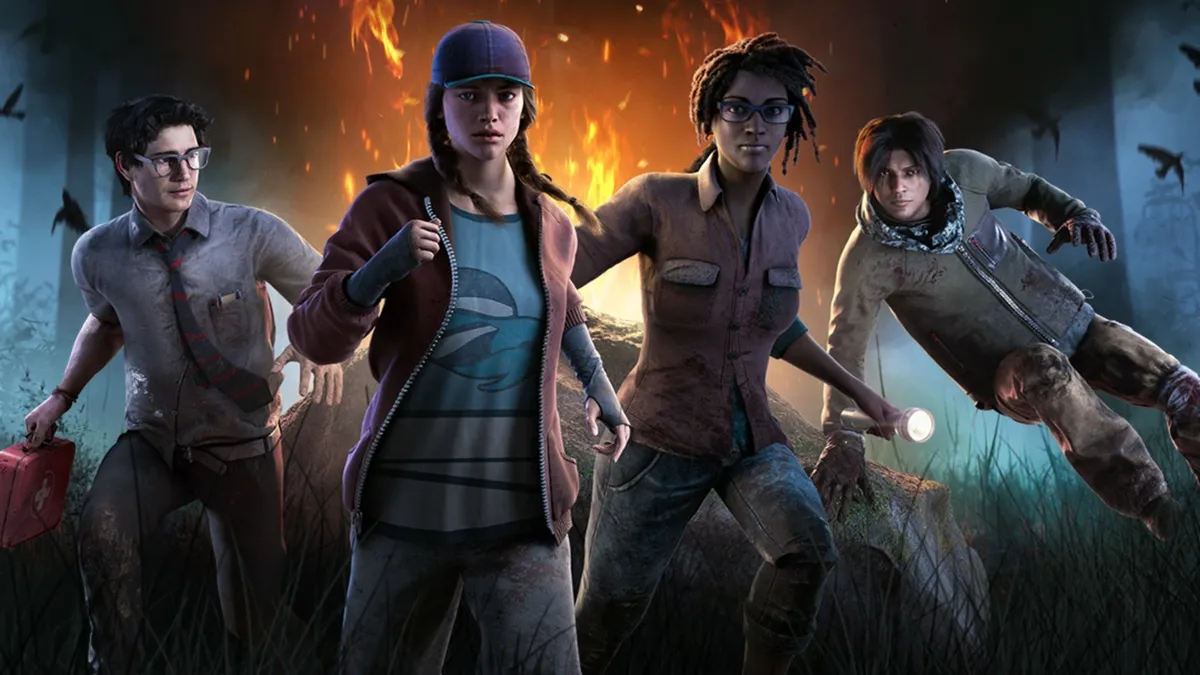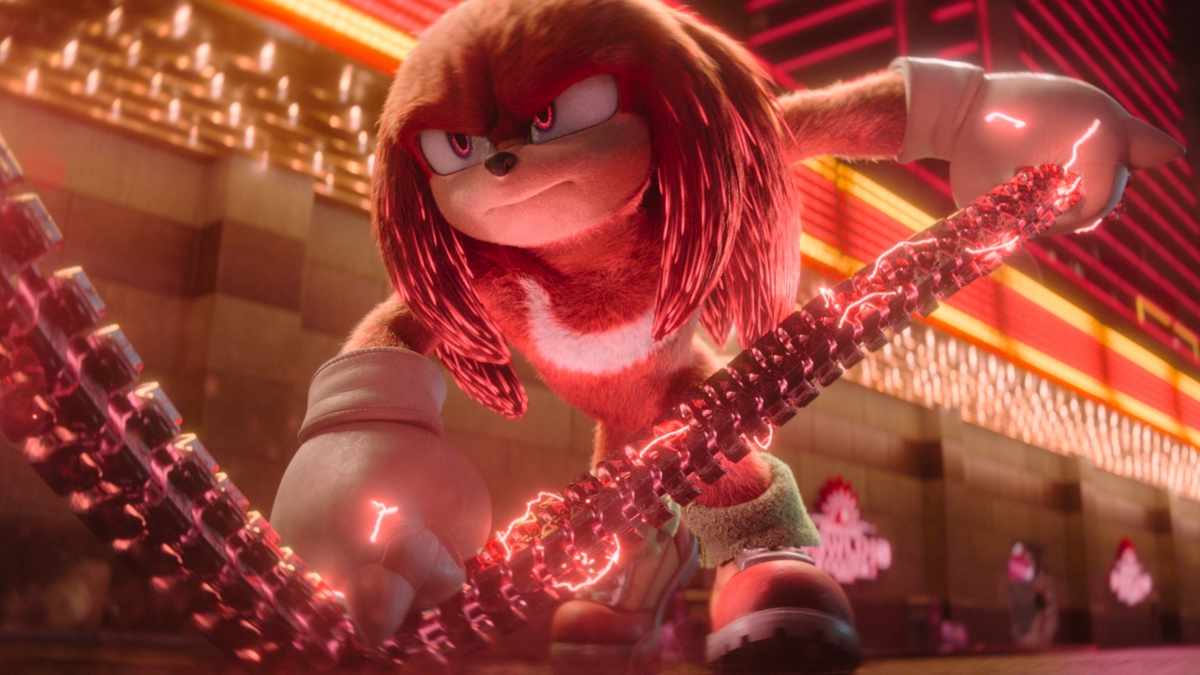
For a series with very strict niche appeal, Persona always seems to be doing quite well in many ways. The last few entries in the main series, especially Persona 4, have been met with wide acclaim, and even the genre-bending spin-offs have received a fair amount of praise, regardless of how far they stray from the core mechanics of the original. However, with Persona 5 teasing fans as it slides into a 2016 release, Persona 4: Dancing All Night stands as one of the last spin-offs of the last numbered entry, making it Atlus’ last chance to leave fans with a good taste in their mouths before the long wait.
Luckily for Vita owners, we continue to be spoiled, as Dancing All Night is an addictive rhythm game that, while light on content, brings together fantastic characters for another rendezvous in the shadow world with a nifty twist. Rather than dungeon crawling and taking on randomly spawned enemies in combat, Dancing All Night pits the Investigation Team from Inaba against a new foe, with dancing replacing the series’ iconic turn-based system.
Although the gameplay mechanics are entirely new to the series, the included story mode is immediately recognizable as a canonical sequel to both Persona 4 and the Arena titles that came after. Persona 4: Dancing All Night finds the crew practicing for a music festival that will herald the return of Risette, the young pop star who became one of their best friends once she visited Inaba. After investigating rumors oddly similar to that of the Midnight Channel, the gang finds themselves in a familiar but different shadow world on the hunt for Kanamin Kitchen, an “edible” themed pop group.
While the plot obviously lacks much of the depth that absorbed fans of Persona 4, it’s still a surprisingly strong story for a rhythm game. Once again, the voice acting is top notch, with Yu finding his voice and familiar actors reprising their roles. The dialogue certainly gets a bit wordy in between dances, and at times it reaches Metal Gear Solid levels of repetition, but a lot of effort was put into the story, making it feel like a natural progression for the series rather than an odd duck that fans could easily skip.
Aside from the mystery at hand, the characters really make the plot stand out, as the connections between Yu, Chie, Yukiko, Yosuke, Kanji and even the player help keep the story interesting. If you’ve worked through Persona 4, this feels like meeting up with old friends for a weekend together, catching up while not really learning anything new about each other. This is to be expected, given the limited time and scope available for the story, but the series truly benefits from characters that are well-rounded and easy to care about.

Obviously, the most striking aspect of Dancing All Night is the complete shift in gameplay, which has evolved from a turn-based JRPG into a 1 v. 1 fighter and finally into a rhythm game. Since the shadows this time can’t be defeated through violence because of some contrived plot device, the gang is forced to dance to express themselves, freeing the spirits from their bonds.
If you’ve played Persona 4, then you know that it’s got one of the absolute best soundtracks in gaming, and getting to dance to fan favorite J-Pop tunes will definitely appeal to fans. This is a game that lives or dies on its soundtrack and controls, and the soundtrack is definitely strong enough to stand on its own. Luckily, the controls don’t slack either, as Atlus has crafted a pretty creative dance system.
Each side of the screen corresponds to either the directional buttons or the face buttons, with notes flying towards each button from the middle. Some notes require simple button presses while others need to be held and released or pressed in tandem with another button. Each type of note has a specific design that makes it easy to tell apart from others, and notes never fly around the screen in a way that makes you feel like their impossible to hit. Some tracks are definitely difficult, especially on hard mode, but they never feel unfair.
Disc scratches are also integral, coming across as circles that are hit by flicking either of the analog sticks when it matches up with the outer circle. Scoring enough of these throughout a song unleashes Fever mode, which brings a second character out to dance with you. If anything sounds complicated in writing, just know that it’s all explained through a few very short and simple tutorials that do the game much more justice than I can.
The story mode is going to be the huge draw for fans of the series, as its branching storyline follows the gang through another interesting plot about accepting yourself, flaws and all, but Free Dance mode keeps the fun going once the credits roll. Money is earned by completing dances, which is then used to unlock costumes, accessories, items and other objects to customize your dancing. From there, you can mix and match characters, songs and costumes to your heart’s content, unlocking even more new songs, remixes and items as you go.
Unfortunately, after completing the story, there’s not much incentive to tinker around in Free Dance mode beyond unlocking all of the songs so you have them at a moment’s notice. While it’s fun to tinker with each song and get it set up how you like it, knowing the only incentive for doing well is being able to buy more cosmetic upgrades isn’t terribly enticing. The dancing system also doesn’t morph much beyond what is shown in the very beginning, and while it’s certainly fun enough to carry the story mode and a few hours of Free Dance, it’s not something that will have your fingers itching for more once you’ve sunk a bit of time into it.

Needless to say, fans of Persona 4 who are able to keep up with the change of gameplay from entry to entry will eat Persona 4: Dancing All Night right up, and for good reason. The story brings back everyone’s favorite group from Inaba, and it’s chock full of new dialogue that’s a pleasure to listen to just for its ridiculous nature and familiar camaraderie of its deep, fantastic characters. The returning soundtrack is also a huge plus, as are the new remixes of familiar songs. However, anybody who hasn’t followed the series will be turned off by the story mode, especially once deeper discussion of personas and shadows begins to eclipse other aspects of the mystery. The new dancing gameplay is a blast, simple to learn and tons of fun to modify, but it doesn’t offer much depth beyond what meets the eye.
The only thing that keeps this from being a full recommendation to pick up at launch is the steep price for such a limited amount of content. Starting at around $50 for the standard edition, there’s not nearly enough hear to warrant picking up Persona 4: Dancing All Night as a day one purchase. As entertaining as the plot is, it’s nowhere near the 90-hour life suck that Persona 4 was, clocking in around six hours or so, and Free Dance mode isn’t very absorbing once you’re all danced out.
Still, fans of Persona should definitely give it a chance at some point, and even rhythm enthusiasts who can breeze through the series’ Wikipedia page (or watch the excellent anime) should give it a shot. Just wait for the price to match the amount of content available.
This review is based on a PlayStation Vita version of the game given to us for review purposes.






